In this video Oliver Knott talks about the most important element in planted tanks and aquascaping: the aquarium plants. He explains the most important differences of the various cultivation forms of aquatic plants, including bunches, potted plants and in vitro.
Submerged and emerged
First of all you should be aware that most plants sold for aquariums are not truly aquatic, but basically marsh plants. They are capable of adapting to different surroundings. In their submerged form they are able to grow completely underwater, which is how we know our aquarium plants in general. Your typical bunch plants are usually stem plants cultivated submerged.
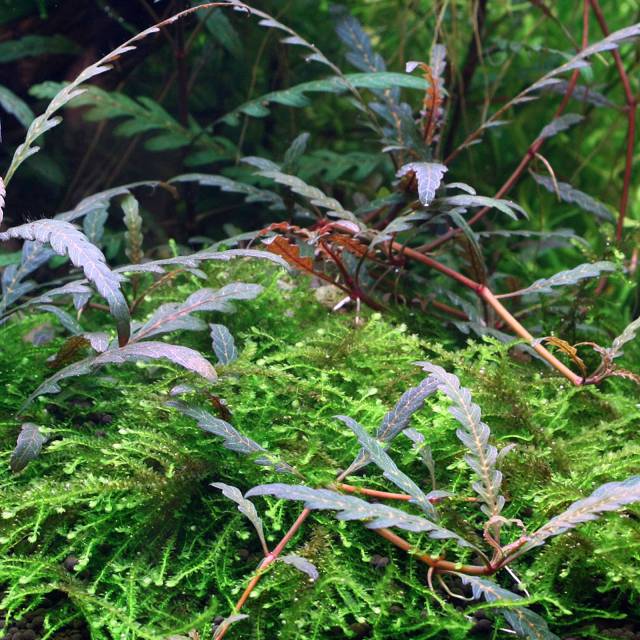
Hygrophila pinnatifida in its submerged form.
The emerged form is an adaption to growth conditions above the waterline. The plants still grow in wet substrate and need very humid air. Their stems and leaves significantly change their shape and sometimes even their color, though, and are fit to grow outside the water out in the air. Sometimes, plants from tissue culture (in vitro) and most potted plants are sold in their emerged form. Oliver Knott demonstrates in our video how differently an aquatic plant can look in its emerged and submerged form, using a Hygrophila pinnatifida.
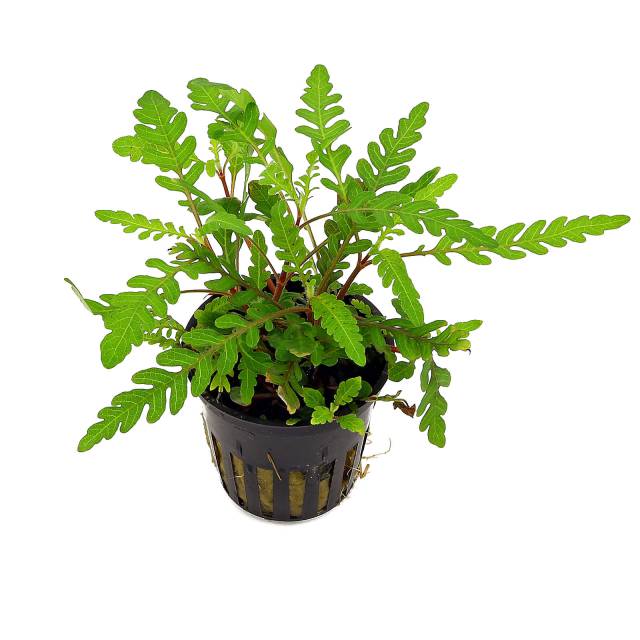
Hygrophila pinnatifida in its emerged form.
Potted plants
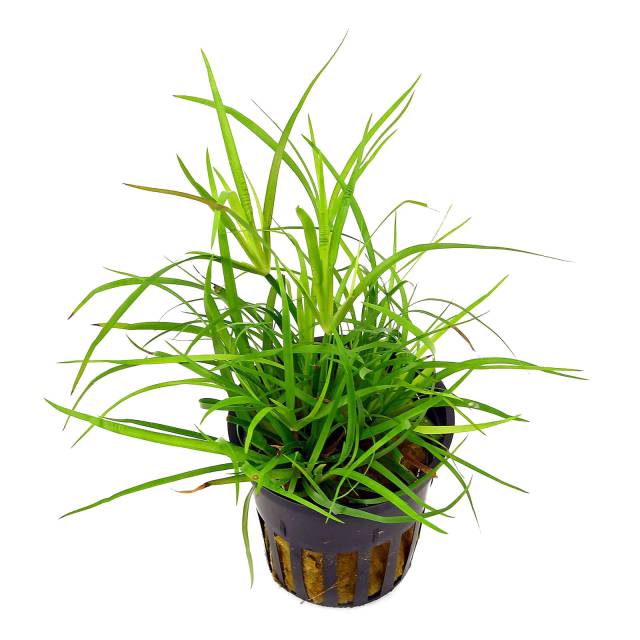
In the very beginning of the video, Oliver Knott presents a potted Cryptocoryne, in its little black plastic pot, which is usually filled with rock wool or coconut fiber as substrate. It is usually much easier for aquatic plant nurseries to cultivate and propagate aquarium plants in their emerged form. Plants that grow above the waterline are, as a rule, much more robust and therefore survive shipping and storage procedures without significant problems. You can find other benefits of this form of cultivation in our Wiki article "In Vitro or potted plants?". We have also compiled a little guide to removing the rock wool from the plant roots: Come and have a look at "Preparing aquatic plants".
Bunch plants
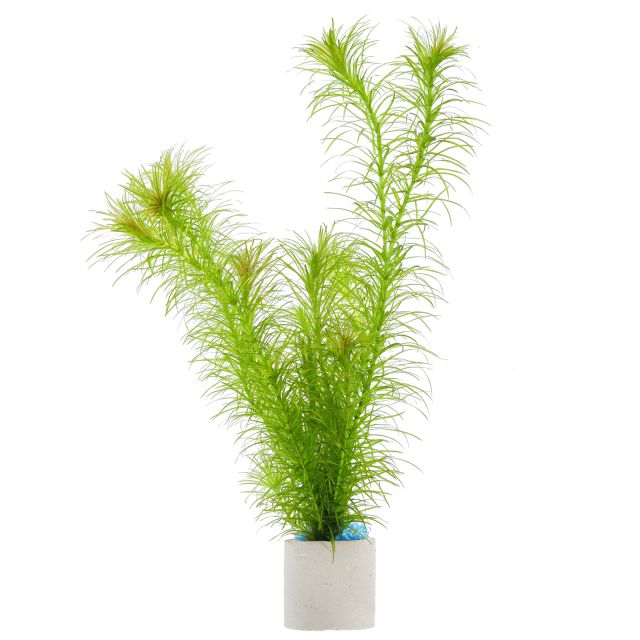
Typical bunch plants are usually aquarium plants that have been pre-cultivated in their submerged form. This is typically the most economical way of purchasing aquatic plants. Often bunch plants are imported from aquatic plant nurseries in Southeast Asia. The low price of those plants might seem as a big advantage at first, but imported bunch plants might have some severe downsides. For example, they might introduce algae, pests or residue of pesticides into your aquarium. Especially in aquariums with shrimp, the introduction of unquarantined plants can lead to drastic problems, like for example shrimp dying by the dozen. Oliver Knott recommends watering bunch plants for one to two weeks in an extra container, performing regular water changes to reduce the concentration of potential pollutants, before introducing them into the aquarium. You can find more info on the topic of "Preparing bunch plants” right here.
By the way: we at Aquasabi’s forego imported bunch plants for the reasons mentioned above. We only offer high-quality potted or tissue culture plants. We only cultivate some carefully selected rare plants in our own plant nursery. These are available as loose bunch plants but 100% pesticide-free. Due to this cultivation method we cannot guarantee that our plants are entirely free from snails, though.
In vitro
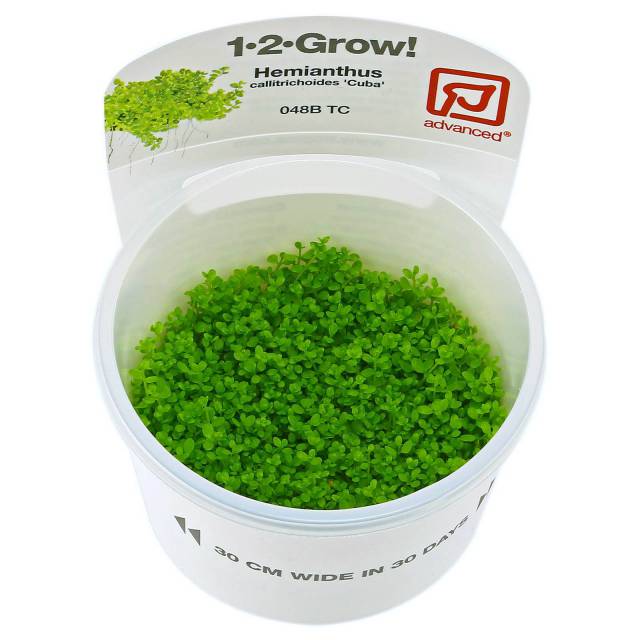
In recent years, plants from tissue culture that are grown in vitro have become more and more popular because they offer significant advantages, especially when used in shrimp aquariums. You can put these aquatic plants directly into your aquarium after washing off the nutrient gel. Prolonged watering is not necessary as InVitro plants are cultivated in a completely sterile environment. Thus, pesticides can safely be ruled out, just like algae, snails and other aquatic pests.
You can find a vast array of aquatic plants sold in the InVitro form in our online shop. In our article on "Preparing aquatic plants" we have compiled a little guide on how to free InVitro plants from their nutritional gel and properly prepare the clusters for planting.